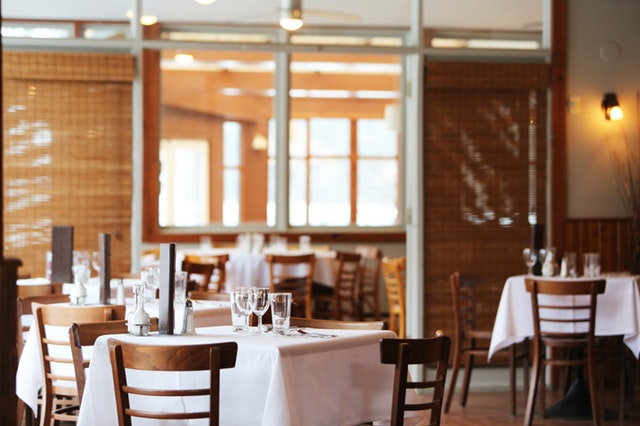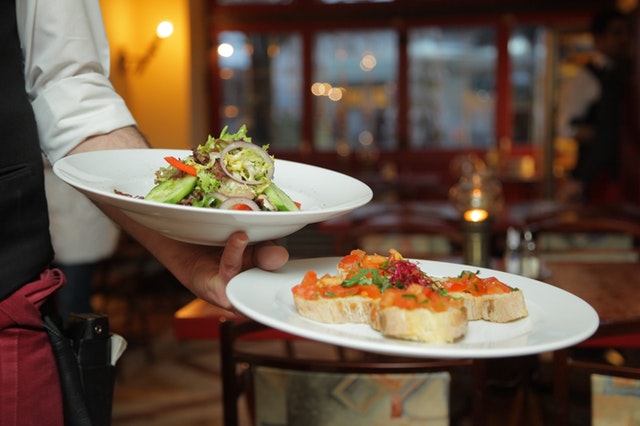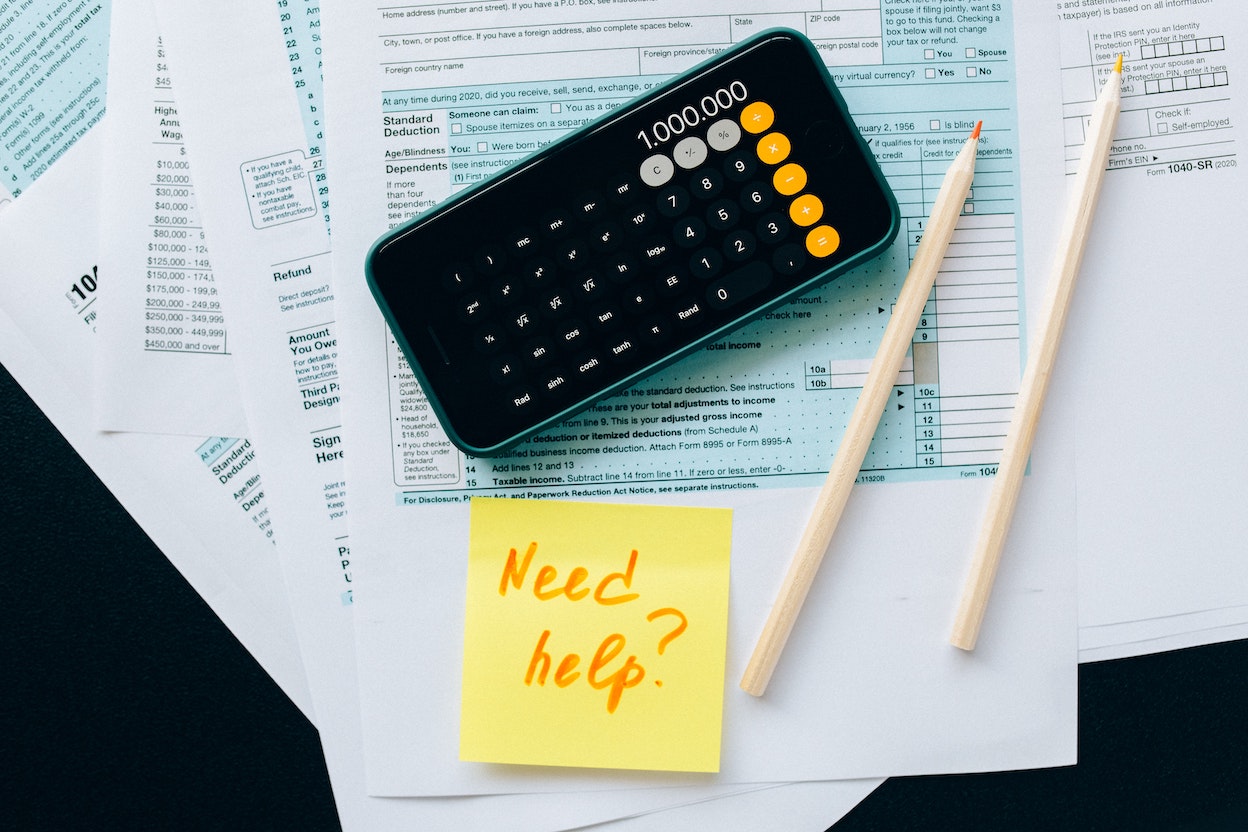Creating the vision and then making the money work…
Running a business is a numbers game, your profits depend on how well you understand the numbers and control the game. Operating a restaurant is no different, understanding the numbers has a direct correlation with either ‘winning’ or ‘losing’.

First you create the vision, then you and your managers work through the actual costs and the gross profit margin needed to make it all work – then set the budget.
A typical restaurant in Auckland makes approximately 8 cents on every dollar of sales (gross sales). Of course, not all restaurants are in the same locality, or serve the same type of food, or have staff on the floor that provide the same level of service. There are restaurants that make more than this and there are those that leak funds like a sieve and chew through whatever equity the owners have (usually their family home). Therefore, it is important to find out what the average gross profit margin is for restaurants within the same geographical areas as yours.
Gross profit is calculated by subtracting food cost and labour cost from gross sales. On average, a restaurant makes about 33% gross profit (GP). Assuming an item on a menu is selling for $20, that is a GP of $6.60 before you consider the ‘below the line’ expenses that your managers need to control. The challenge for most restaurant owners is trying to work out their expenses as precisely as possible. To calculate the food cost properly a periodic inventory count is essential. When we work with new clients we suggest weekly inventory counts while systems and strategies are put in place. For a more established client who has control over the numbers, a monthly inventory count may be sufficient.

To achieve a profit of 8 cents on every dollar of sales we work with our clients to target food cost of 30% and labour cost of 36%. These two expenses are under the direct control of management because they buy products; control wastage, plus hire, train and roster staff. For the manager, these two expenses should be key financial indicators (KPI). The non-financial KPIs being staff retention and optimal rostering, amongst a whole raft of other KPIs. It is important that the KPIs you select are measurable and well-defined.
Achieving the above GP margin depends on two key factors – your willingness to change, and how well your managers ‘buy into the vision’.
Prior to working on a budget, we provide our clients with the resources to calculate the food cost for every dish on their menu. We then develop an annual budget, broken down into monthly targets. These two financial reports establish how the current numbers stack up and what needs to be done to achieve the targeted KPIs. We then proactively help our client and their managers to make changes, with a goal of achieving those numbers.
We work with restaurant owners who know that something needs to change to achieve the results for which they have gone into business but do not know what those changes are supposed to look like.
Our single mission is to help them achieve those results.




